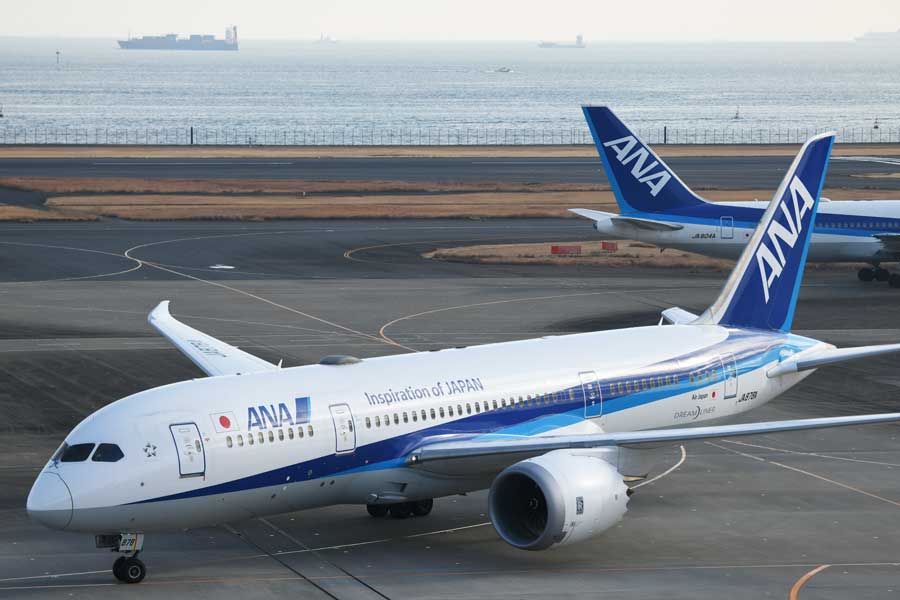
ANA Implements Special Handling for Flights Affected by Severe Winter Weather
AirAsia Group aims to expand its routes throughout Asia, including Japan, by utilizing Airbus’s single-aisle aircraft.
The short-distance flights operated by four AirAsia Group companies and the medium-haul flights by AirAsia X will be integrated under the newly announced ‘One Airline’ strategy to expand the route network using existing routes, certificates, and slots.
Currently, AirAsia X owns 18 aircraft and operates 22 routes. With the agreement on order changes with Airbus, new aircraft deliveries will not occur until 2026, restricting business expansion. Therefore, the company will utilize Airbus A321LR, Airbus A321XLR, and existing rights. After 2026, 15 Airbus A330neo and 20 Airbus A321XLR aircraft will be introduced.
The Airbus A321neo can cover destinations such as Kyushu and Perth in Australia, the Airbus A321LR can reach Tokyo, and the Airbus A321XLR can cover Hokkaido. The possibility of launching flights to Nagasaki, Hiroshima, and Sendai from various locations in ASEAN is also being considered.
For secondary cities such as Jeju and Busan, where demand exceeds the capacity of the Airbus A330, the Airbus A321 series will be used, while routes with high passenger and cargo demand requiring long-range capabilities will utilize the Airbus A330 series. With the Airbus A330neo, the company is considering flying to destinations such as Vancouver, San Francisco, Los Angeles, Honolulu, Moscow, Stockholm, Copenhagen, London, Paris, Barcelona, and considering flights to New York and Miami via Europe.
The Airbus A321 series enables more frequent flights to secondary cities, reduces turnaround times contributing to increased revenue, simplifies operations, standardizes spare parts, and reduces operational costs by 30%, leading to profit growth. Compared to the numerous Airbus A320 series that are currently owned, the Airbus A321 can accommodate up to 240 seats, an increase of about 60 seats. The Airbus A321neo can fly for up to 6 hours, and the Airbus A321LR can fly for up to 7 hours.
Compared to the Airbus A330 series, the Airbus A321XLR can fly for up to 10 hours, allowing a reduction in capacity. This will enable flights between secondary airports, as well as competitive pricing due to lower fuel costs and breakeven points.
The fleet is expected to number 249 aircraft in 2024, 290 in 2025, 320 in 2026, 352 in 2027, and 377 in 2028. The Airbus A321 series is expected to receive 4 aircraft in 2024, 11 in 2025, 12 in 2026, 18 in 2027, 28 in 2028, 36 in 2029, and 42 each year from 2030 to 2035, totaling 362 aircraft. 73 aircraft are under sale and leaseback agreements, with options to switch orders to the Airbus A320neo, Airbus A321XLR, and Airbus A330neo.
Tony Fernandes said, “The puzzle of bringing all of AirAsia’s airlines under one roof has been in our minds for many years. The missing piece, an entire new generation of Airbus aircraft, has finally emerged. We are committed to delivering value for our shareholders while working hard to emerge from PN17, overcoming challenges with resilience and determination.”
AirAsia Group will be established as a holding company for the short-haul airlines in Malaysia, Indonesia, Thailand, and the Philippines, as well as AirAsia X.